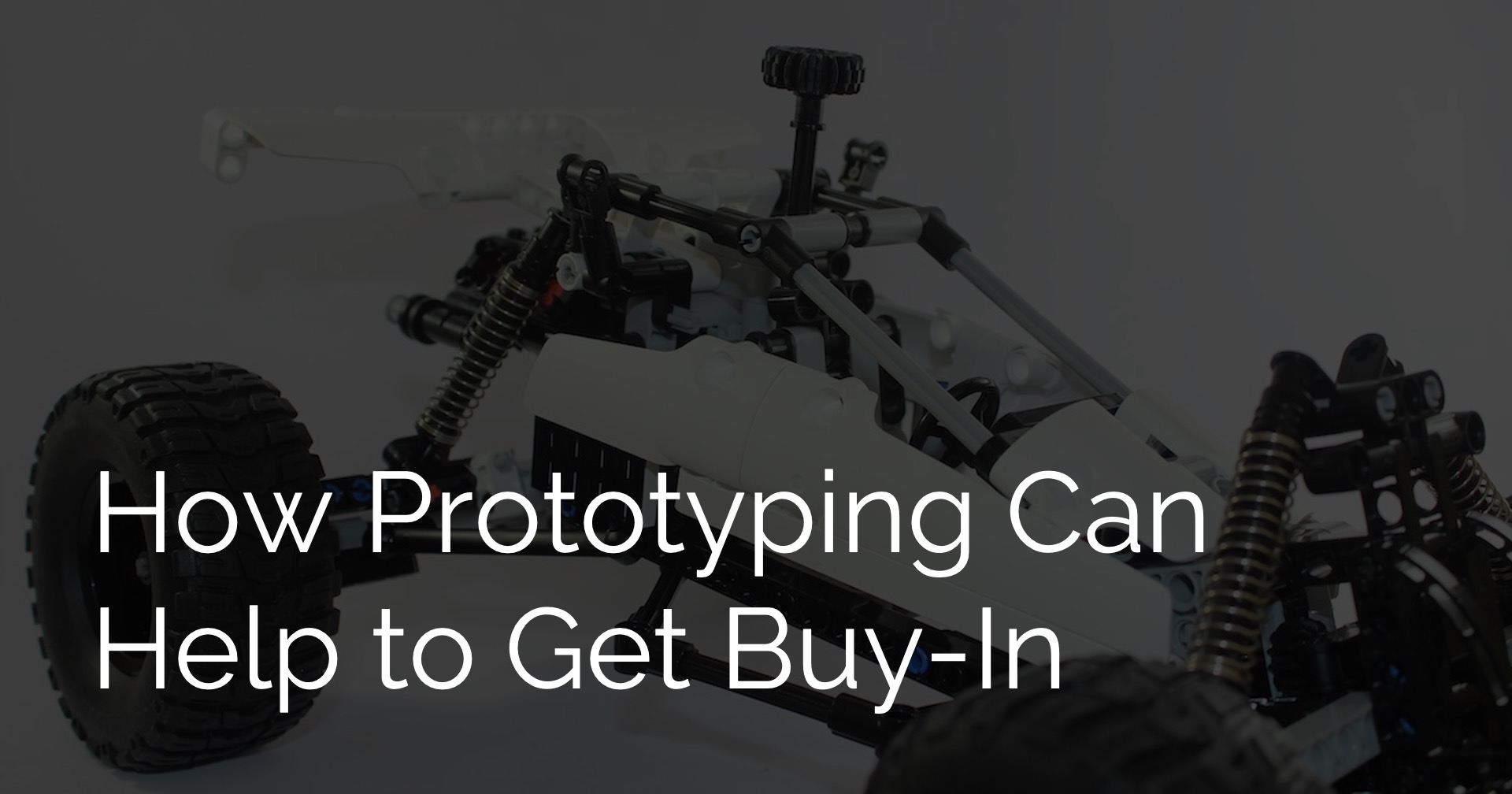How Prototyping Can Help You to Get Buy-In §

Highlights §
- Sometimes, well-thought-out proposals backed by extensive research and data will fail to convince decision-makers. But a demo of a simple prototype will get them excited and ready to commit (View Highlight)
- While we should still start projects with a one-pager to clarify, socialize, and get feedback on our ideas, if we’re not making headway, one option is to build and demo a prototype. (View Highlight)
- Prototypes make our vision more accessible. For non-technical laymen, ideas and designs can be too abstract. (View Highlight)
- prototypes—especially those with a graphical user interface (GUI)—make it easier to understand the deliverable’s look and feel. By helping others understand our ideas better, we increase our chances of getting buy-in. (View Highlight)
- Is that really doable?” By building a prototype, the proposal becomes real and achievable, making it easier to convince decision-makers (View Highlight)
- It always seems impossible until it is done.” – Nelson Mandela (View Highlight)
- Last, prototypes make it easier to get feedback. Instead of attending a presentation or reading a proposal, people can interact with our app. (View Highlight)
- While prototypes can show “What does it look like?” and “How will it work?”, they don’t explain “Why should we build it?” Thus, if the “why” for the project is still unclear, we’re better off writing a one-pager to clarify the problem, intent, and success criteria. (View Highlight)
- it doesn’t matter how well our prototype works if it doesn’t solve the right problem (View Highlight)
- No matter how good your tech is, non-technical users are unlikely to try unless it has a GUI and is easy to use. Since then, I’ve always taken the time to add a simple GUI to my prototypes. (View Highlight)
